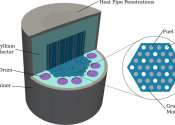AT&T breach involving 2022 customer data caused by third-party 'threat actor'
Dallas-based telecommunications company AT&T revealed its second data breach of the year July 12, a leak that affects more than 100 million U.S. customers.
Jul 15, 2024
0
1








